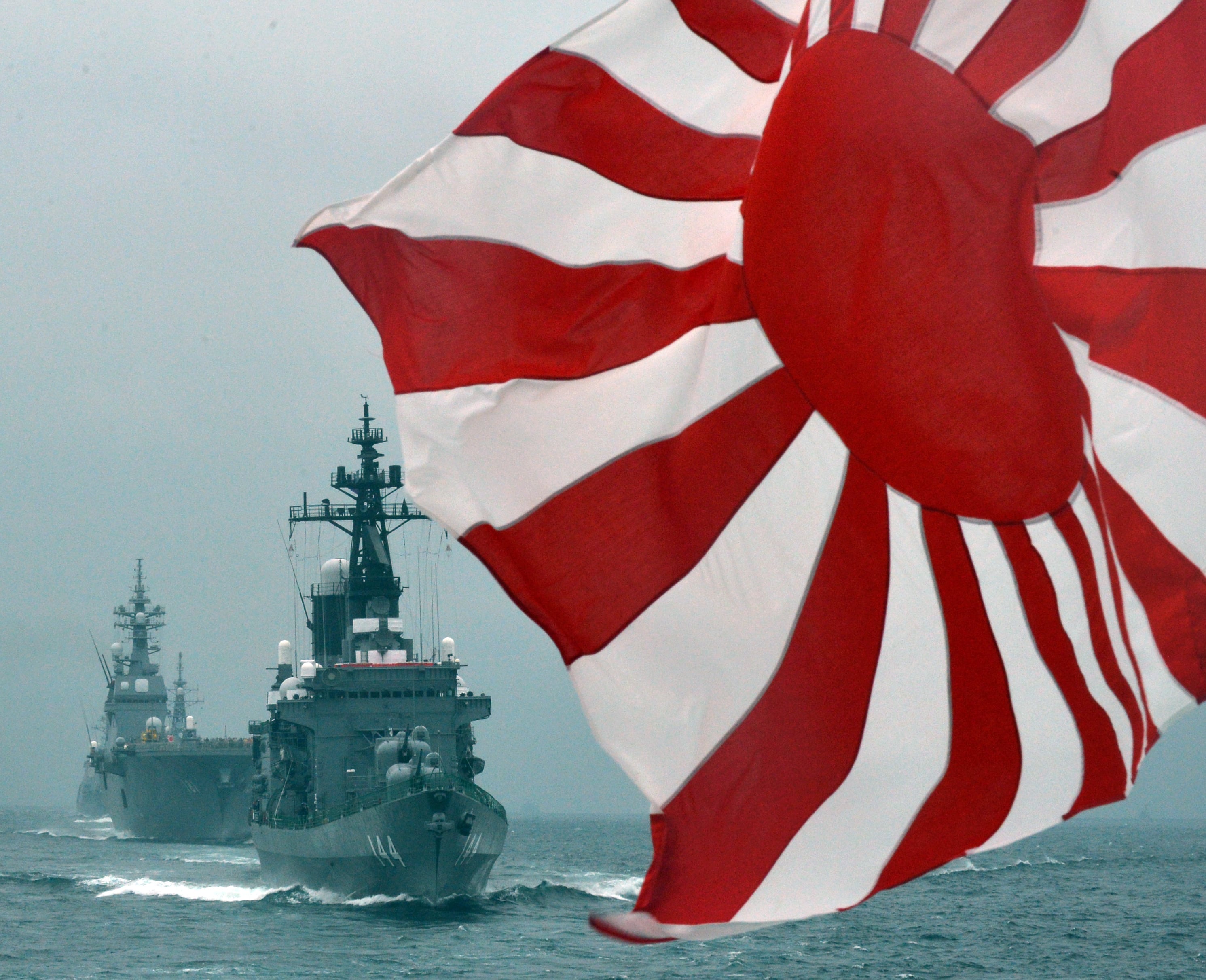MELBOURNE, Australia — Asia-Pacific nations are embracing the use of unmanned solutions for maritime missions, with several nations bordering the Pacific Ocean and with extensive littorals either operating or planning to acquire unmanned systems for use in the domain.
The countries’ reasons for doing so vary, from a desire to monitor the activities of China’s increasingly powerful and assertive Navy to watching for pirates or transnational criminals. And the platforms chosen range from Australia’s Northrop Grumman MQ-4C Triton ― a high-altitude, long-endurance UAV ― to the more modest Insitu ScanEagle, which the U.S. government has donated to a number of Southeast Asian nations.
Taiwan watches China
In early November the Trump administration approved four separate arms sales requests from Taiwan, including one for four General Atomics MQ-9B “weapons-ready” unmanned aircraft, for an estimated value of $600 million. The package also includes the Raytheon SeaVue maritime multirole patrol radars, suggesting Taiwan will acquire the SeaGuardian variant of the MQ-9B.
The package also includes two mobile ground control stations, 14 embedded inertial navigation/global positioning systems, and Wescam MX-20 multispectral targeting systems. No weapons were included in the package, although the SeaGuardian can carry laser-guided bombs and Hellfire air-to-ground missiles. The drone’s manufacturer, General Atomics, has displayed artwork showing the aircraft carrying sonobuoy dispensers and lightweight torpedoes.

The U.S. Defense Security and Cooperation Agency, in announcing the potential deal, said the “proposed sale will improve the recipient’s capability to meet current and future threats by providing timely Intelligence, Surveillance, and Reconnaissance (ISR), target acquisition, and counter-land, counter-sea, and anti-submarine strike capabilities for its security and defense.” (DSCA announcements do not represent final sales. If there is no congressional objection, the customer can begin negotiating over price and quantities, which often change by the time a final sale is completed.)
The SeaGuardian would certainly improve Taiwan’s information-sharing capabilities with American forces, a critical consideration in the event of a potential invasion by China, which sees the self-governing island as a rogue province and has vowed to reincorporate it with the mainland, by force if necessary.
Japan’s Coast Guard operations
U.S. ally Japan, which has warily eyed China’s increasingly powerful military and paramilitary forces, has also shown interest in the SeaGuardian. General Atomics has been marketing the drone to Japan’s Coast Guard, which is seeking an unmanned aerial system for the persistent monitoring of foreign vessels operating within Japan’s vast exclusive economic zone, or EEZ.
These foreign vessels include fishing boats suspected as being part of China’s Maritime Militia or Coast Guard. These forces have frequently entered the contiguous zone of the Japanese-administered Senkaku Islands that China also claims as its own.
RELATED

The SeaGuardian recently participated in a demonstration for the Japanese Coast Guard, which is the country’s primary agency in charge of maritime safety during peacetime in its territorial waters and EEZ. When these bodies of water are combined, the area makes up the sixth largest of its kind in the world.
According to the Coast Guard, the SeaGuardian flew a total of 150 hours over 13 flights during the demonstration, which showcased its various capabilities. The Japan Maritime Self-Defense Force is also likely to seek a similar UAV to complement its manned aircraft and helicopters.
The American footprint
Meanwhile, in southeast Asia, several countries are receiving Insitu ScanEagle drones under the U.S. Foreign Military Sales program.
The region faces challenges ranging from the ongoing dispute between six neighbors — including China — over the ownership of the potentially resource-rich Spratly Islands in the South China Sea, to longstanding issues over piracy.
A Pentagon contract announced in 2019 saw almost $48 million awarded to Boeing subsidiary Insitu for 34 ScanEagles destined for the governments of Malaysia, Indonesia, the Philippines and Vietnam, which will take delivery of 12, eight, eight and six ScanEagles respectively by 2022.
Deliveries have already started, with Malaysia receiving its first ScanEagle in May this year. It is unclear whether the funds for this contract came from the Pentagon’s partner capacity-building program or the department’s maritime security initiative for regional countries, announced in 2015.
One potential application for unmanned aircraft in the maritime environment is search and rescue. Another U.S. Indo-Pacific ally, Australia, is developing artificial intelligence to assist in such missions. The algorithm is expected to help recognize life rafts and other vessels in the water.
The Royal Australian Air Force has already run several test flights to trial its system, which is equipped with a sensor and processor built from commercial off-the-shelf components, such as GoPro cameras, that can potentially be fitted onto any manned and unmanned aircraft.
During the trials, it was found the AI system performed better than humans in sighting and identifying objects in the water, such as life rafts. It was also able to recognize a black, upturned life raft 70 percent of the time — a notable outcome given the AI was trained to recognize the orange color of an upright life raft.
Mike Yeo is the Asia correspondent for Defense News.








